Yangzhou, a city steeped in history and culture, is renowned not only for its picturesque landscapes and ancient architecture but also for its rich culinary heritage. Nestled along the Yangtze River, this city in Jiangsu Province, China, boasts a diverse array of dishes that have captivated the taste buds of locals and tourists alike. From delicate dim sums to hearty stews, Yangzhou’s culinary scene is a testament to the region’s culinary ingenuity and its deep-rooted food culture. In this article, we embark on a culinary journey through some of Yangzhou’s most famous eats, exploring their origins, preparation methods, and the unique flavors that make them stand out.
Lion’s Head Meatballs: A Royal Delicacy
One cannot discuss Yangzhou cuisine without mentioning Lion’s Head Meatballs (Shizi Tou Rouwan). This dish, characterized by its large, tender meatballs simmered in a rich, savory broth, has a history that dates back centuries. Legend has it that Lion’s Head Meatballs were first created for imperial banquets, symbolizing prosperity and abundance. The meatballs, made from a blend of pork, shrimp, and water chestnuts, are shaped to resemble a lion’s head, hence their name. They are then gently cooked with vegetables and seasoned with soy sauce, rice wine, and ginger, resulting in a dish that is both visually stunning and incredibly flavorful.
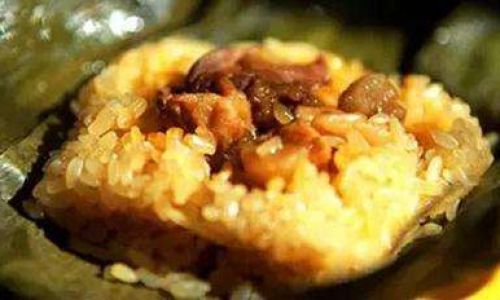
The preparation of Lion’s Head Meatballs is an art form, requiring precision in both ingredient selection and cooking technique. The meat is meticulously chopped and mixed with just the right amount of binders and seasonings to ensure that the meatballs remain intact during cooking while retaining their juicy, tender texture. The broth, a blend of pork bones, chicken, and various spices, simmers for hours to develop a deep, umami-rich flavor that complements the meatballs perfectly.
Yangzhou Fried Rice: A Simple Pleasure
While fried rice may seem like a humble dish, Yangzhou’s version elevates this staple to new heights. Yangzhou Fried Rice (Yangzhou Chaofan) is distinguished by its use of high-quality ingredients, including fresh shrimp, tender pork, and an assortment of vegetables. The rice, preferably cooked the day before and allowed to dry out slightly, is fried in a wok with a generous amount of pork fat, giving it a golden hue and a delightful crispiness.
The key to making exceptional Yangzhou Fried Rice lies in the balance of flavors and textures. The shrimp and pork should be cooked to perfection, neither overdone nor undercooked, while the vegetables should retain their crunch. Seasoning is crucial, with soy sauce, salt, and a hint of white pepper providing the necessary depth without overpowering the dish. The result is a vibrant, flavorful fried rice that is both comforting and satisfying.
Yangzhou Dim Sum: A Taste of Tradition
Dim sum, a style of Cantonese cuisine that has been adopted and adapted by various regions in China, finds a unique expression in Yangzhou. Yangzhou Dim Sum (Yangzhou Dim Sim) is known for its delicate flavors and intricate preparations. From steamed buns filled with pork and crab roe to fried dumplings stuffed with shrimp and bamboo shoots, Yangzhou’s dim sum offerings are a feast for both the eyes and the palate.
One of the most iconic Yangzhou dim sum items is the Steamed Pork and Crab Roe Bun (Xiehuang Roubao). These buns, made with a soft, slightly sweet dough, are filled with a mixture of finely chopped pork, crab roe, and various seasonings. When steamed, the buns puff up to a beautiful, glossy finish, revealing a juicy, flavorful filling that melts in your mouth.
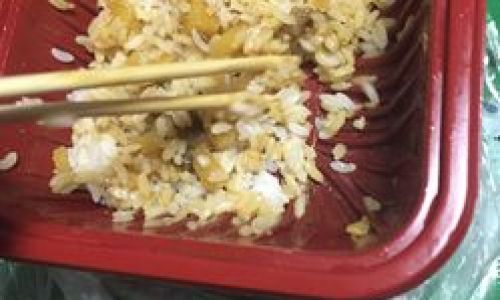
The preparation of Yangzhou dim sum is a labor of love, requiring skill and patience. Each dumpling or bun is meticulously crafted, from the shaping of the dough to the folding of the filling. The steaming process is crucial, as it ensures that the dim sum remains moist and flavorful while retaining its shape and texture.
Yangzhou Dry Noodles: A Hearty Comfort Food
Yangzhou Dry Noodles (Yangzhou Ganmian) are a staple of the city’s street food scene. These noodles, made from a special type of wheat flour, are cooked until al dente and then tossed with a blend of soy sauce, sesame oil, and various spices. The result is a dish that is both savory and slightly sweet, with a delightful chewiness that sets it apart from other types of noodles.
Yangzhou Dry Noodles are often served with toppings such as braised pork, shredded vegetables, and hard-boiled eggs. The toppings add layers of flavor and texture to the noodles, making each bite a delightful surprise. The dish is typically enjoyed as a hearty breakfast or a quick lunch, and its popularity is a testament to its simple yet satisfying taste.
Conclusion
Yangzhou’s culinary landscape is a rich tapestry of flavors, textures, and traditions. From the royal elegance of Lion’s Head Meatballs to the humble comfort of Yangzhou Dry Noodles, each dish tells a story of the city’s history, culture, and culinary ingenuity. As you embark on your culinary journey through Yangzhou, be prepared to be delighted by the diverse array of tastes and aromas that make this city’s cuisine truly unique. Whether you’re a seasoned foodie or a curious traveler, Yangzhou’s famous eats promise an unforgettable dining experience that will leave you longing for more.
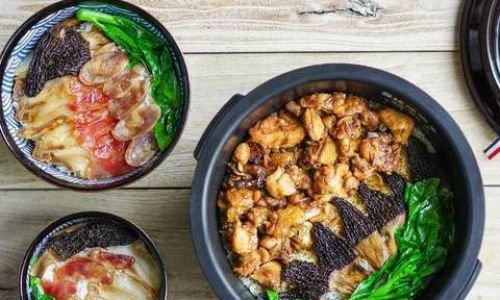

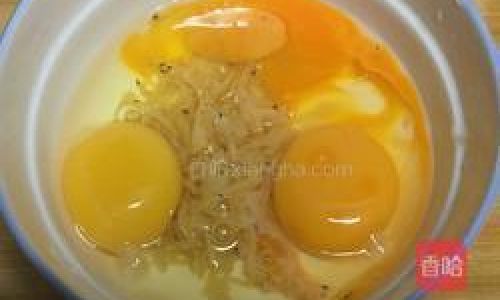

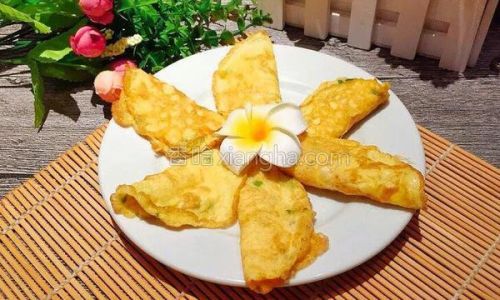
0 comments